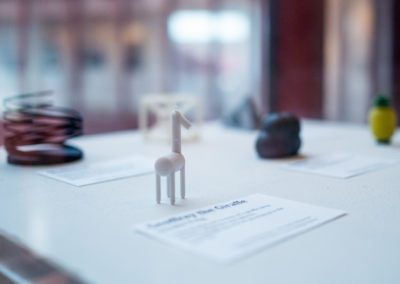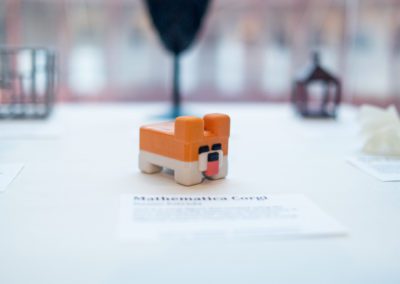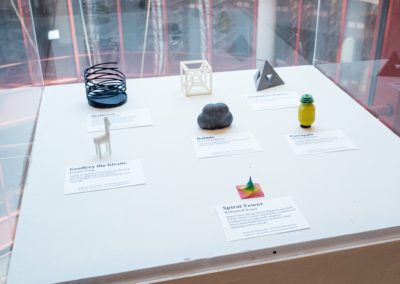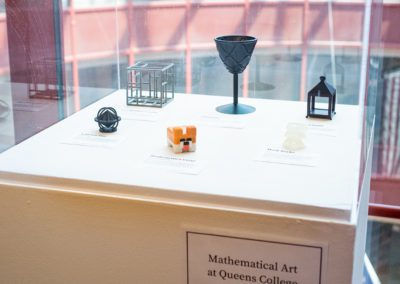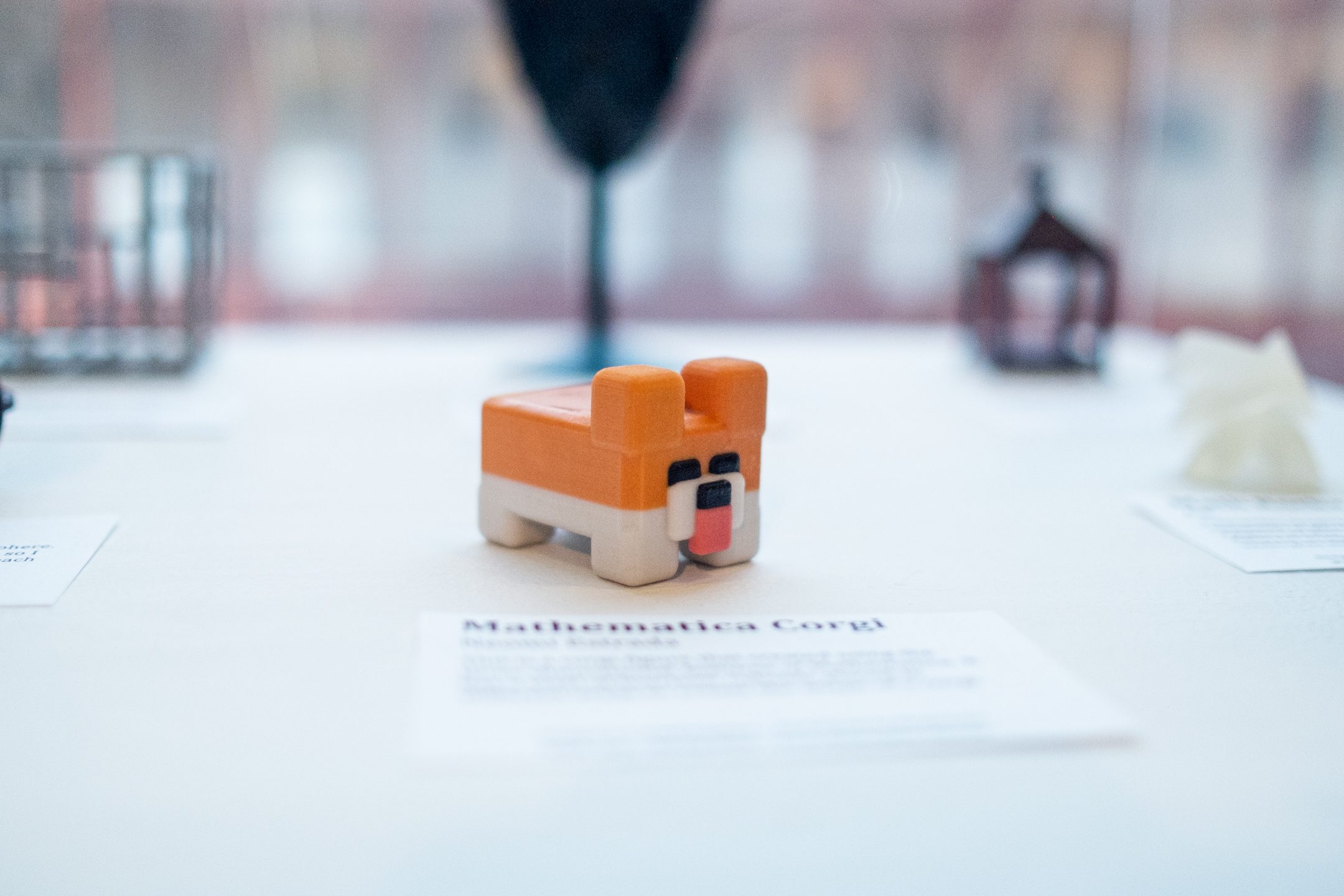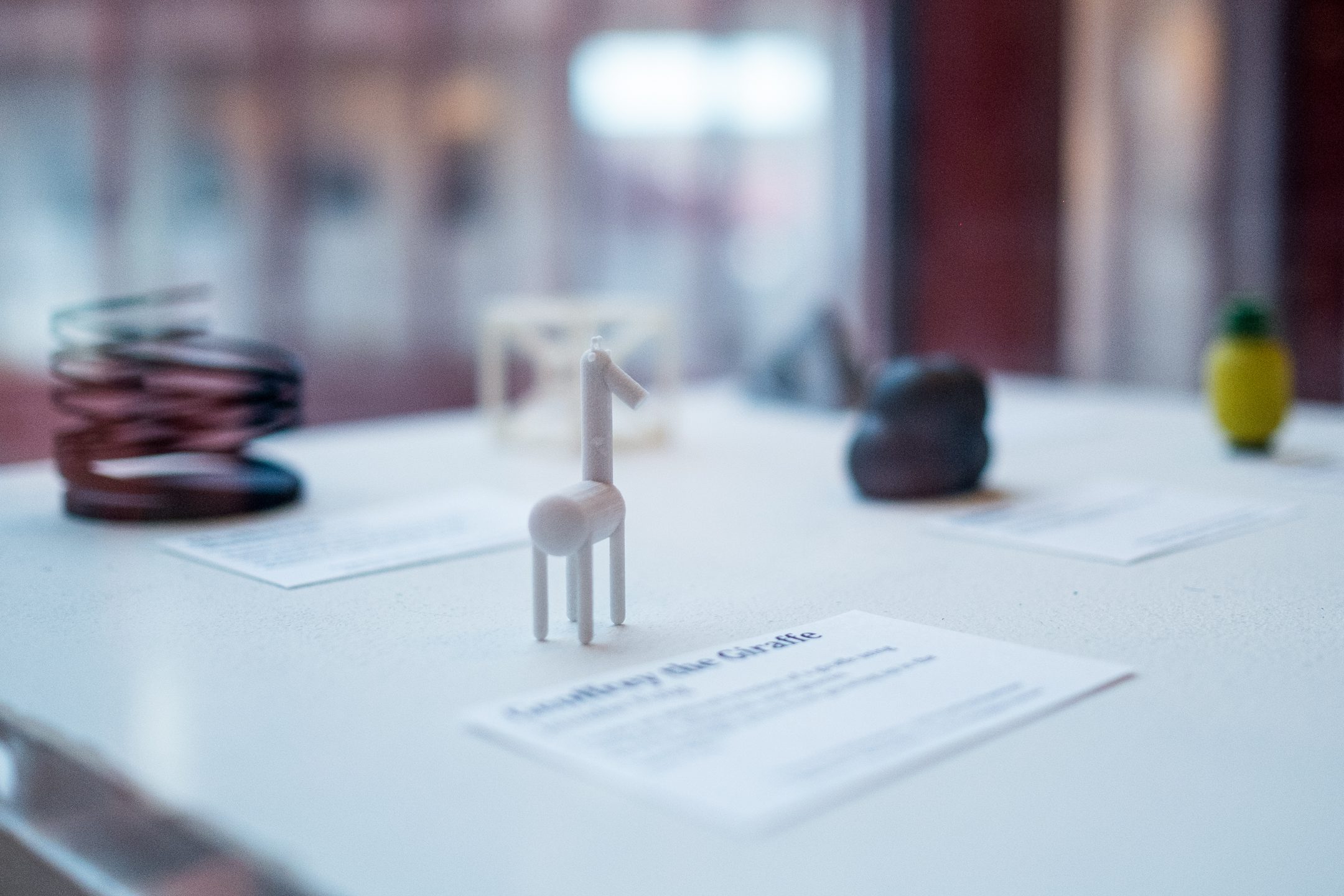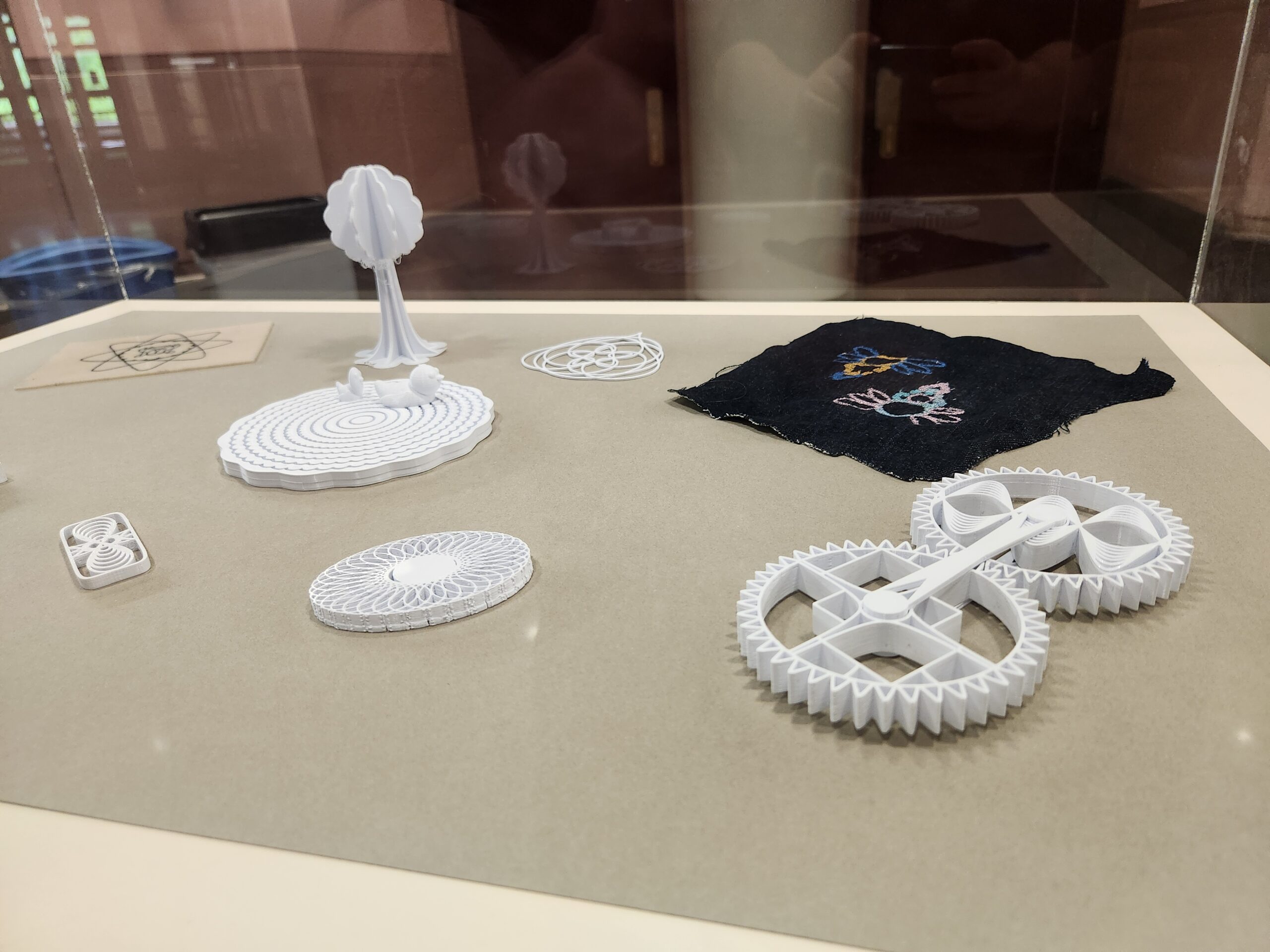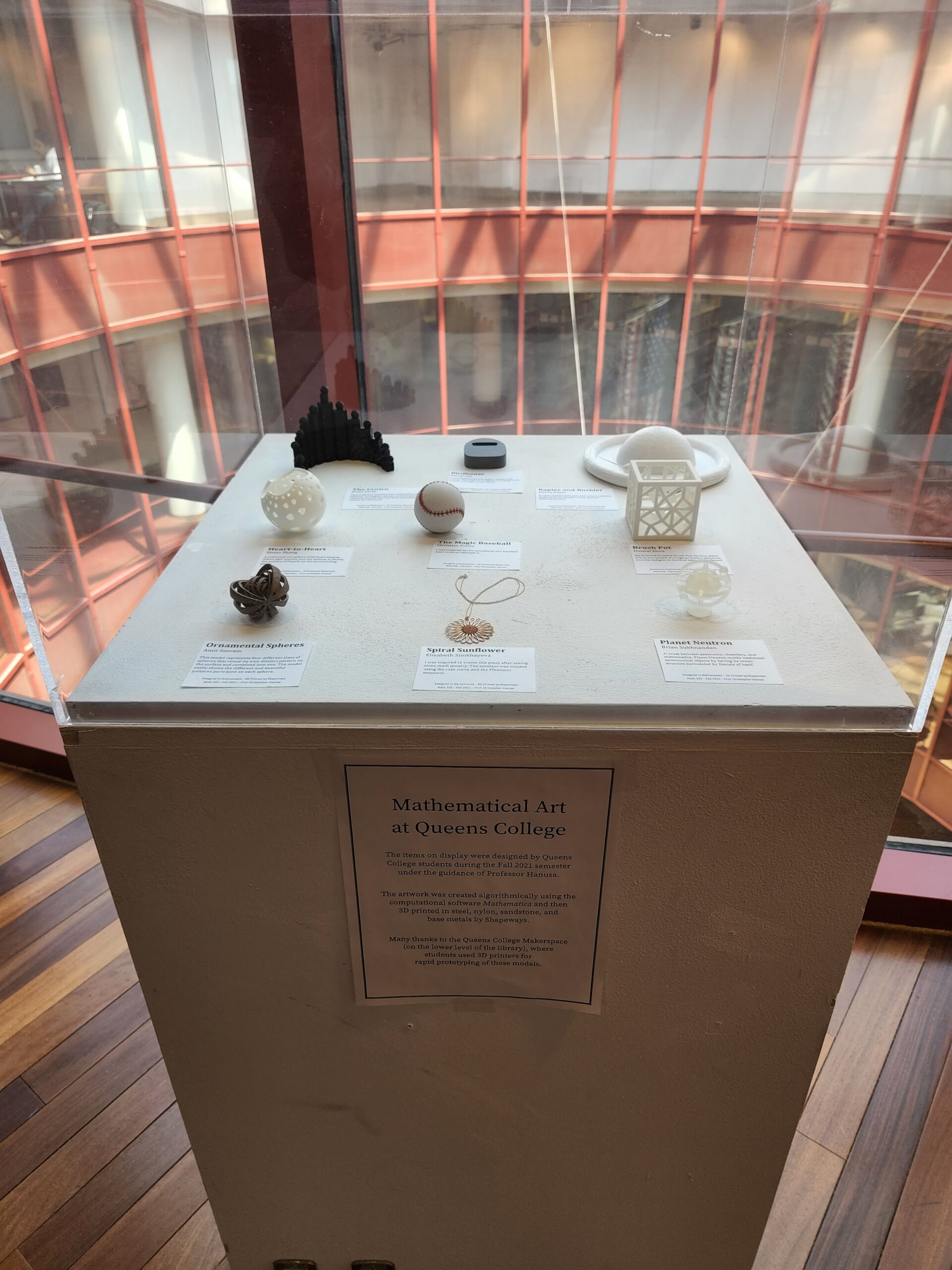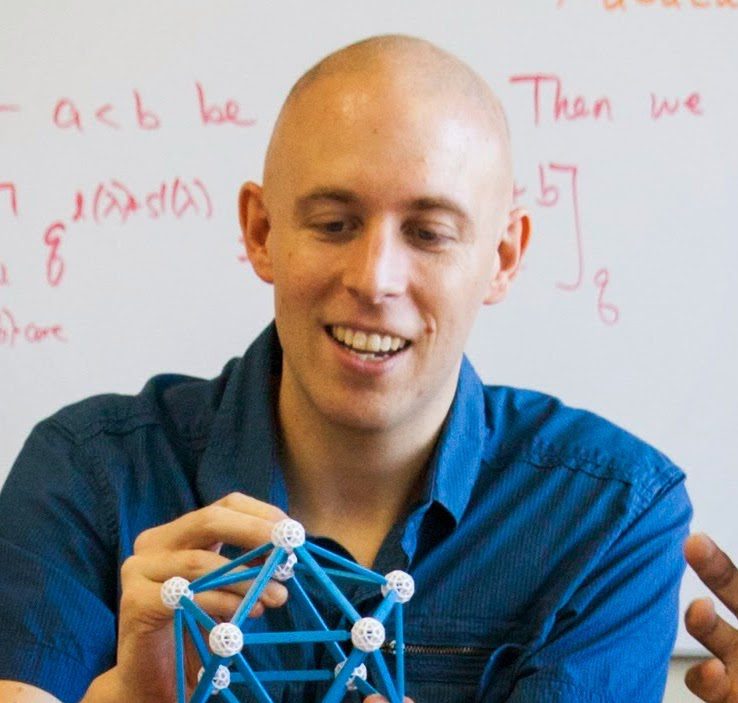
MATH 245 Mathematical Models
In the process of taking this course, students will:
1. Learn and apply the steps of the mathematical modeling process.
2. Create well-defined problem statements for real world scenarios.
3. Determine the assumptions that underlie a mathematical model.
4. Implement models in Python and use analytical tools when appropriate.
5. Use models to do useful work (e.g. make predictions, explain behavior, make decisions).
6. Validate predictions of models using different approaches.
7. Communicate the model and its analysis effectively through writing and through a presentation.
8. Learn the basics of the programming language Python, including variable assignment, for loops, if statements, random variables, data collection, and data analysis
9. Develop techniques for succeeding in college classes, including instilling a growth mindset.
MATH 250 Mathematical Computing
In the process of taking this course, students will:
1. Learn the basics of programming in Mathematica.
2. Use mathematics and programming for experimentation and as creative tools.
3. Design, code, run, test, and debug computer programs.
4. Demonstrate basic problem-solving skills: Analyzing problems, modeling a problem as a system of objects, creating algorithms, and implementing solutions in Mathematica.
5. Understand and apply techniques of functional programming.
6. Advance teamwork skills by collaborating with classmates, discussing and solving problems in a group setting, and practicing giving and receiving constructive feedback.
7. Develop a deeper understanding of three-dimensional geometry, including coordinate systems, multivariable functions, and three-dimensional objects.
8. Apply the design process and communicate the decisions made therein, including ideation, artistic principles, prototyping, and revisions.
9. Develop documentation techniques including commenting code and paying attention to the structure of notebooks.
10. Become a confident and self-sufficient learner through the use of the Documentation Center
Math 128: Mathematical Design
In the process of taking this course, students will:
1. Develop familiarity with a variety of cartesian, trigonometric, polar, and parametric parent functions.
2. Correctly determine the parent functions that correspond to curves in provided scenes.
3. Use mathematical transformations recreate scenes of mathematical art in Desmos.
4. Gain an ability to analyze a problem, and identify and define the mathematical foundations and computing requirements appropriate to its solution.
5. Use mathematics and programming for artistic experimentation and as creative tools.
6. Effectively communicate the mathematics they used to create their artwork.
7. Correctly use technical artistic language to describe how they created their artwork.
8. Successfully implement algorithmic techniques including iteration and randomization.
9. Intentionally create their artwork by applying the double diamond design process including ideation, artistic principles, prototyping, and revisions.
10. Effectively communicate the decisions made throughout the intentional creation of their artwork.
11. Gain general technical skills and confidence with software and machines, especially with Desmos, Inkscape, and the AxiDraw machine.
12. Engage genuinely with classmates and the material by participating in class, discussing and solving problems in a group setting, and practicing giving and receiving constructive feedback.


